The benefits of peace lily in filtering indoor toxins are simply awesome. The very name ‘peace lily’ sounds cool and tranquil. “Peace” meaning harmony and “lily” meaning purity and renewal, is a unique flowering plant. The peace lily plant provides a toxin-free environment both indoors and outdoors by breathing toxic gases. Further, peace lilies are enchanting when it blooms with white and off-white flowers.
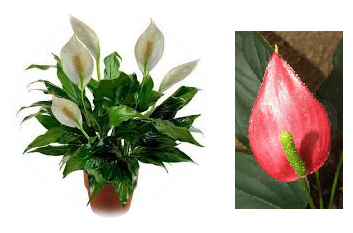
The peace lily is said to have gotten its common name from its white flowers, which rise timidly above its green foliage and resemble small, white flags of peace. Some rare peace lilies, however, have red flowers. The flower is a combination of a ‘spathe leaf’ and a spadix, a complex but intrinsic flower within the spathe. Interestingly, the Latin name of peace lily- Spathiphyllum is from the shape of the flower. Although named a lily it does not belong to the Lily family of the plant kingdom but belongs to the family Araceae adorned with 40 species of monocotyledonous flowering plants. It is a native plant of Central and South America.
Benefits of Peace lily as indoor filters
A study by NASA has revealed some amazing benefits of peace lilies. Both outdoors and indoors there are obnoxious gases such as ammonia, xylene, benzene, formaldehyde, and trichloroethylene. NASA proved that peace lily strip off volatile organic chemicals from the atmosphere. These gases come off by gasoline, detergent, rubber, paint, tobacco smoke, glue and a variety of synthetic fibers. Home appliances and furniture also give out these gases. Although we cannot see them, they silently enter our respiratory system and cause injury to our vital organs. These gases cause chronic lung diseases and hamper normal respiratory functions. Unknowingly we have been breathing impure air for years, knowing that we are living in a clean environment. NASA experts have found out, on how some plants nature can inhale gases and keep us safe from these slow poisoning gases. Thus, the benefits of peace lily as an indoor filter of toxins are further elaborated.
How does peace lily get rid of toxins?
- Peace lilies have the ability to remove dangerous toxins from the air, such as benzene and trichloroethylene! The leaves take in these gases through the leaves, which reach down to the roots and the soil. The soil microbes break down the compounds that are absorbed in the soil. The leaves gives out oxygen as
result of respiration. The air of the room is, therefore, kept pure. - Peace lily gives out moisture and increases the humidity level. Thus it keeps the dry environment moist.
- If peace lily leaves are trimmed and kept in the pots on the soil, it absorbs the atmospheric air through direct contact with the air and soil troposphere (last earth’s air layer).
- Peace lilies love to stay in humid places. The excess moisture is removed keeping away moths and mildews. When kept in the bathroom the air remains dry and fresh.
How to grow and enhance the benefits of peace lily?
The benefits of peace lily can be optimum when the plants are healthy and bushy. By following six steps you can easily grow healthy and flowering peace lilies in your home. The foremost requirement is fertile well-drained soil. Peace lilies are low light loving tropical plants. The most suitable temperature is within the range of 18° to 30° C. Additionally, peace lily needs little water, watering once a week is enough. The benefits of peace lily culture are also in its low fertilizer requirement. They require balanced fertilizer only twice a year. If you want to propagate lilies at home, just split the whole plants, and replant in pots or in the soil.
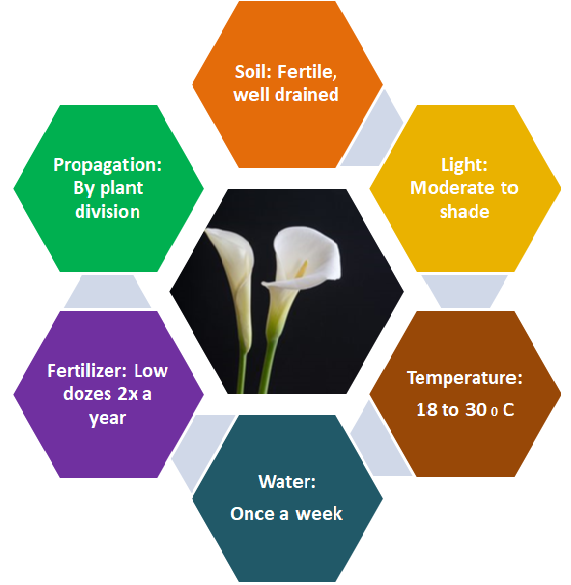
The loveliest thing of all the benefits of peace lily is that peace lilies bloom all the year-round! Freshen up your home with peace lilies around.
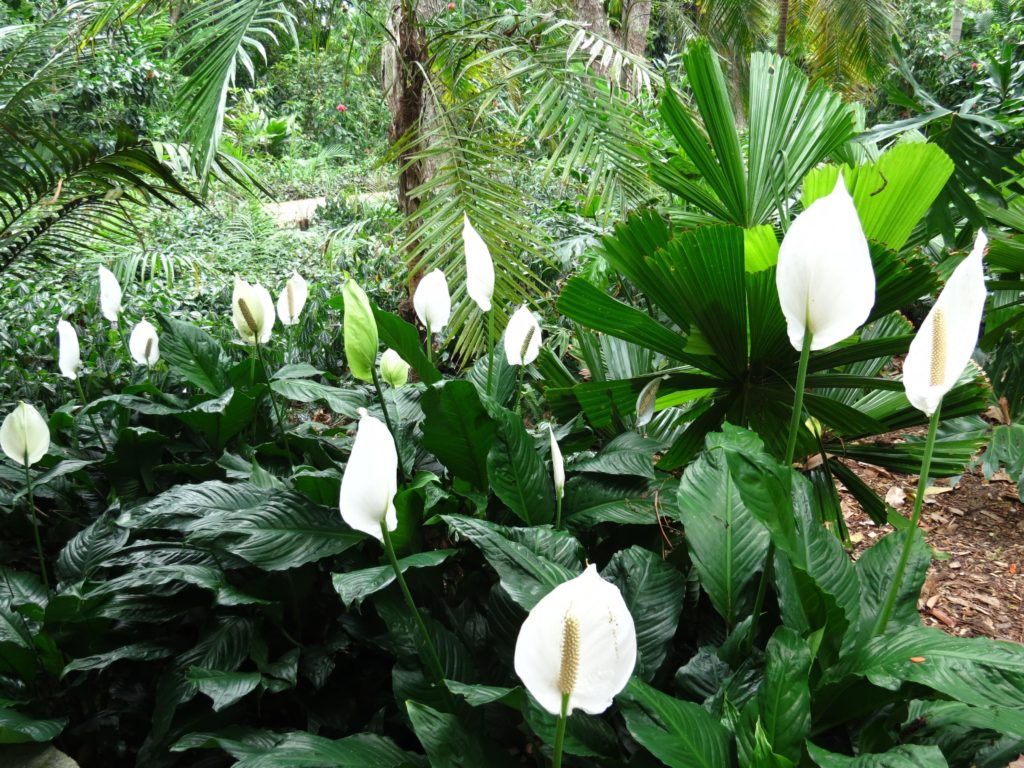



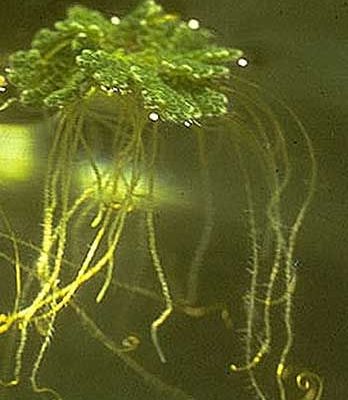
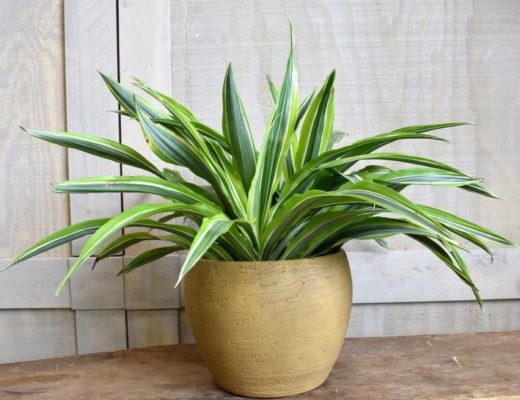
No Comments